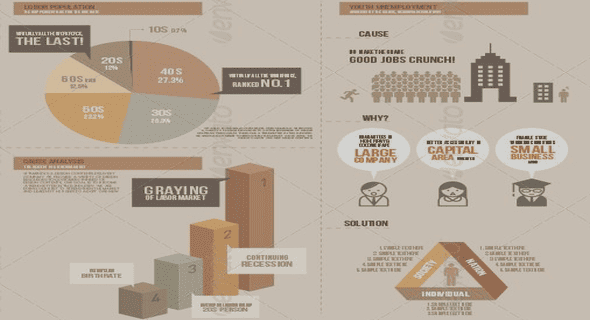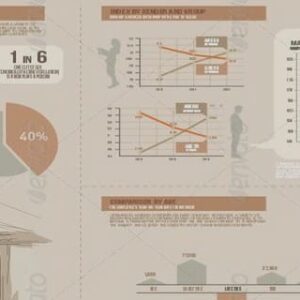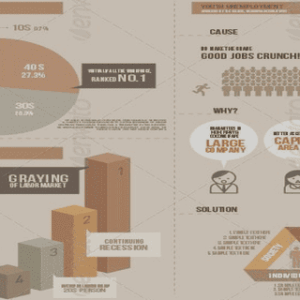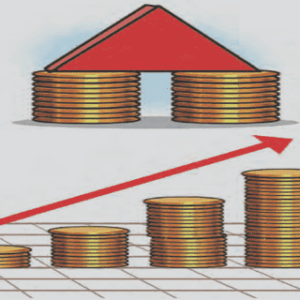(Downloads - 0)
For more info about our services contact : help@bestpfe.com
Table of contents
General Introduction and Overview
1.1. Context
1.2. Data issues and Stylized facts
1.2.1. Inequality
1.2.2. Poverty
1.3. Outline and main results
The Quest for Pro-poor and Inclusive Growth: The Role of Governance
2.1. Introduction
2.2. Literature Review
2.2.1. Growth, Poverty, and Income Distribution
2.2.2. Governance and Pro-poor Growth
2.3. Econometric Methodology
2.4. Data
2.4.1. Measuring Poverty and Inequality
2.4.2. Defining and Measuring Governance
2.4.3. Main explanatory variables
2.5. Pro-poor and Inclusive Growth: Empirical Evidence
2.5.1. Has growth been pro-poor and inclusive?
2.5.2. Pro-poor and inclusive growth: the role of governance
2.5.3. Other determinants of pro-poor and inclusive growth
2.6. Nonlinear and threshold estimations
2.6.1. Exogenous nonlinear estimation
2.6.2. Endogenous nonlinear estimation: Panel Smooth Transition Regression
2.7. Conclusion and discussion
Appendix A
Reallocating Public Spending to Reduce Income Inequality: Can it work?
3.1. Introduction
3.2. Data
3.2.1. Composition of public spending: A new dataset
3.2.2. Some Stylized Facts on Public Spending and Income Distribution
3.3. Econometric Analysis: Composition of Public Spending and Income Inequality
3.3.1. Estimated Model
3.3.2. Baseline Results
3.3.3. The Role of Conflict and Institutions
3.4. Further Robustness Checks
3.4.1. Long-Run Impact of Public Spending
3.4.2. Alternative indicators of inequality
3.4.3. Accounting for local government spending, the efficiency of public spending, and the use of debt to finance public outlays
3.5. Conclusion
Appendix B
Informal Sector Heterogeneity and Income Inequality: Evidence from the Democratic Republic of Congo
4.1. Introduction
4.2. Informal sector heterogeneity and inequality: Literature review
4.3. Data and descriptive statistics
4.3.1. 1-2-3 survey
4.3.2. Characteristics of the informal sector in DRC
4.4. Identification strategy: Informal firms
4.4.1. Defining a top performer
4.4.2. Sample selection bias
4.4.3. Identification of the constrained gazelles and survivalists
4.5. Heterogeneity in the informal sector
4.5.1. Individual entrepreneur characteristics
4.5.2. Firm typology and the choice of sector
4.5.3. Structural and behavioral factors
4.6. Urban poverty and income inequality in the informal sector
4.7. Drivers of the performance of informal firms
4.7.1. Explaining differences in income using Blinder-Oaxaca decomposition
4.7.2. Drivers of informal firms’ performance
4.7.3. Explaining differences in performance using Blinder-Oaxaca decomposition
4.8. Conclusion and Policy Recommendations
Appendix C
General Conclusion
Résumé général
References



